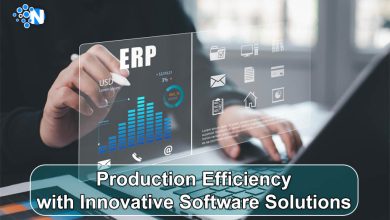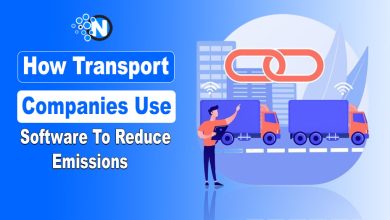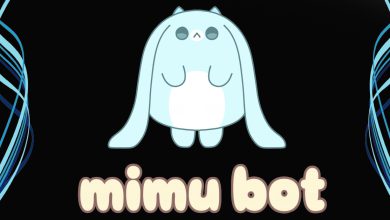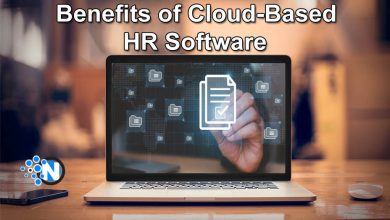Monetization Methods Used In The Field of SaaS Products
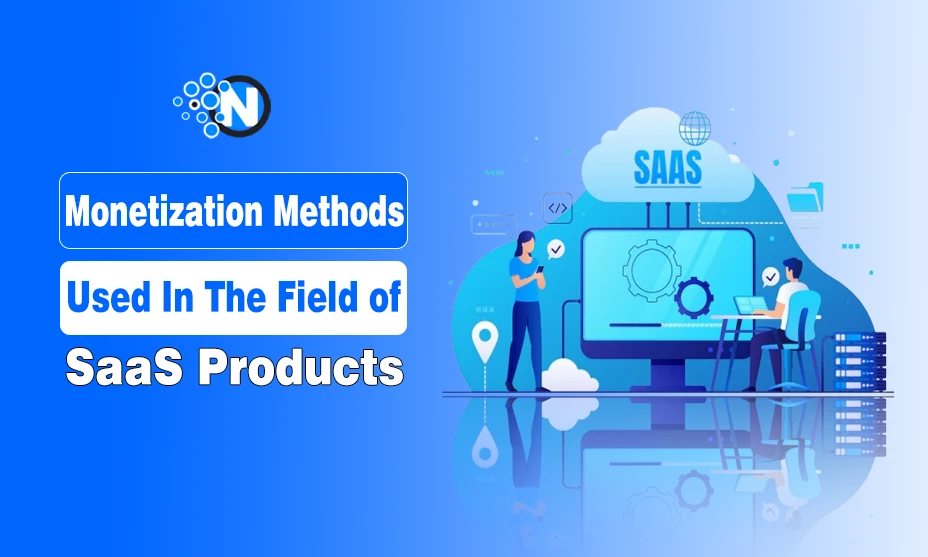
Software work differently, such as according to its requirements, features, and implementation. One is Software as a Service (SaaS), which provides services in exchange for a regular payment, for example, once a month or yearly.
This solution allows a business to be more efficient and in demand to generate significant revenue. If you’re interested in knowing what SaaS products are and looking for a reliable SaaS design agency in San Francisco, keep reading.
Let’s Start!
What are SaaS Products?
SaaS products are cloud based apps that can be accessible through the internet and are open source if individuals have a subscription. For instance, email services that also offer free trials or free access to login and conduct emails regularly are some examples of SaaS products.
These cloud-based models make software automatic and can do several tasks, like auto updating and auto security maintenance.
Features of SaaS Products
People are much more likely to agree to pay a little but regularly. From an economic point of view, this is beneficial since a subscription to a SaaS service can be cancelled at any time, and the process of returning funds for a purchased license is problematic.
In addition, when choosing a SaaS product, users receive a whole list of benefits. For example, they do not need to deal with various technical issues like installation, configuration, or updating the app regularly. Users just need to pay for a subscription and start using the product.
SaaS applications use cloud servers to operate, so they are only accessible over the Internet. Users can use their services from any device connected to the internet just because of SaaS software. As a rule, a cloud consists of several remote servers that have access to the Internet.
This architecture allows users to work with duplicate files from a computer, tablet, or smartphone. Data storage and computing operations occur on servers located in particular data centres, significantly reducing the load on the user’s device. A typical example of the use of such technology is social networks. Individuals change their phone numbers, but by logging into their profile, they will retain all photos, files, and correspondence history.
Development within the framework of a SaaS strategy has the following advantages:
- Security: Attackers cannot steal software products since the final version is in the cloud hosting, and users cannot access it.
- Automatic Save: Unlike standard physical servers, information is saved in the cloud automatically for users’ convenience.
- Speed: A SaaS application does not care about the RAM on the client device, but it enhances speed through the server.
- Auto Updates: The software product updates itself and continues to work efficiently; that is, the user does not need to download and install the latest version.
The benefits of SaaS products for end users are immense, so the idea of developing a SaaS product is a great start to a successful business. However, the company’s right choice can make or break the implementation.
Monetization in SaaS Product Development
The vast majority of SaaS products have subscription plans, and just a few are free. The model is simple: the user pays a certain amount, uses the service for a set time, and automatically repays.
Monetization of a SaaS application has different ways of implementation. The chosen model will directly affect the way developers earn money. It is customary to highlight the five most popular options.
1. Fix Price
It is the most straightforward and most understandable way to get money for a software product. The user is offered a solution with a specific set of functionality for a certain price. Essentially, this is the same fixed rate used for software licensing. The only difference is the possibility of monthly payments. This principle is used, for example, by the image editing application Facetune.
Price Per Number of Users
In this case, the user pays a certain amount, but with an additional user, the amount doubles. The more users, the higher the subscription cost. Further, this approach allows users to understand what they will receive when subscribing to the service. The company, in turn, will be able to manage and forecast its income more flexibly.
2. Pay As You Go
This strategy implies a relationship between the number of services and the final price. In other words, the more the user uses various functions, the higher the final price tag. This principle also works in the opposite direction. Companies specializing in software development most often use this model. They base the price on transactions processed, server space used, or a number of API requests.
3. Price For Features
SaaS products described above were built around users, while this model puts functionality as its primary value. Depending on the features, there is a division into price levels. The more different features there are in the package, the higher the tariff plan.
4. Freemium
This model involves the distribution of a free basic version supplemented by paid packages. Such a strategy is usually part of a multi-level pricing system. Users are provided with a specific set of free functions and expandable for an additional fee.
The basic free package has serious limitations, which encourage the user to take a targeted action: purchase an extended package. This model uses YouTube, which is available for free use. However, it has paid features that are collected in the Premium subscription. The user may watch videos without advertising, download them in high quality, and use background playback mode by subscribing.
Popular SaaS Applications And Services
Many popular tools operate on a SaaS model. Let’s look at them.
1. Figma
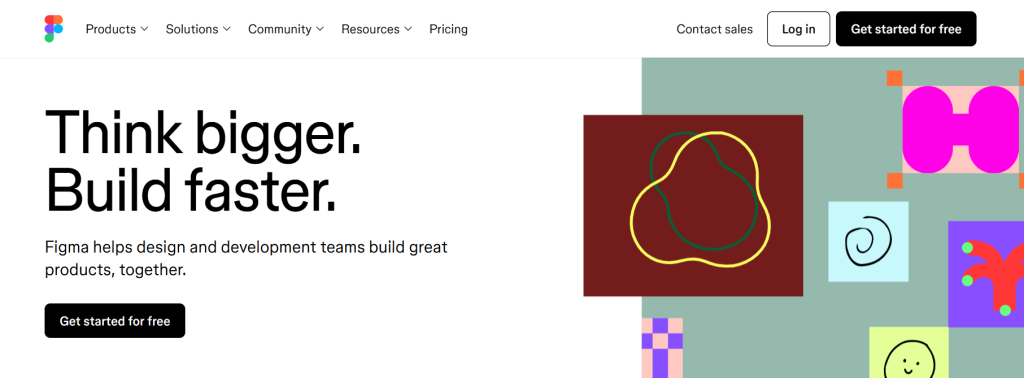
A graphic editor used by the vast majority of UI/UX designers. Since the service runs in the cloud, it can work equally on any operating system device. Due to its wide functionality, it is ideal for teamwork. Figma stores all projects in the cloud and independently monitors any changes. This allows each participant to view previous versions, change them, and leave comments.
Figma Pricing
Starter Team: Free
Professional Team: $15/full seat/month
Organization: $45/full seat/month
Enterprise: $75/full seat/month
2. Slack

This application is used as a messenger. Its feature is the archiving of all messages and files. Users have access to open channels in which they can create group thematic discussions. Private messages are also available, which have additional protection.
Through them, users can exchange various files, including text and spreadsheet documents, audio, and video. For users’ convenience, all messages and transferred files are cacheable.
Slack Pricing
- Basic: Free
- Pro: $4.38/month
- Business+: $15/month
- Enterprise Grid: Contact the Sales Team
3. Google Apps
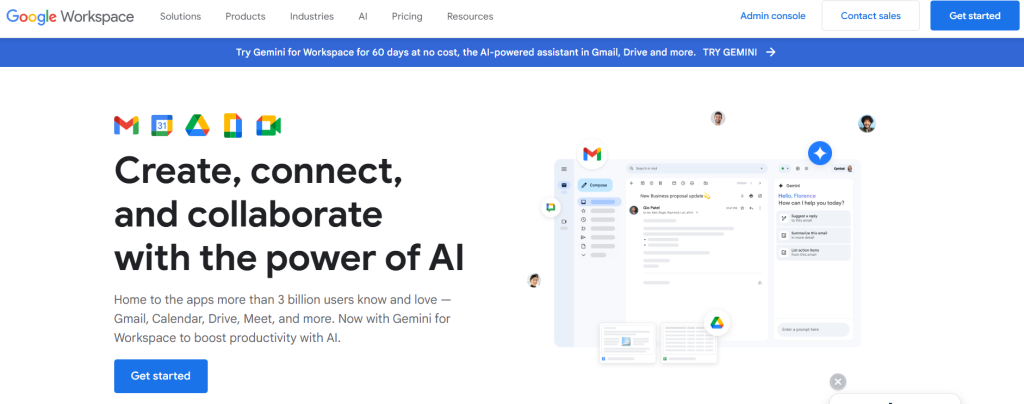
This is a whole set of services from Google. This includes email, a corporate calendar, a text document editor, a video conferencing service, and even your own cloud (Google Drive). The latter is a convenient software solution for cloud file storage.
Google Apps Pricing
- Business Starter: $6/month
- Business Standard: $12/month
- Business Plus: $18/month
- Enterprise: Contact the Sales Team
To Wrap Up!
SaaS software development companies offer many benefits, including stable revenue, scalability, accessibility, and ease of use for customers. A SaaS product can become a successful and profitable business with the right niche and effective implementation.
In the above section, we have described some immersive features of SaaS products and some popular SaaS applications. You will definitely get an idea about what they are and what features and benefits they provide.

